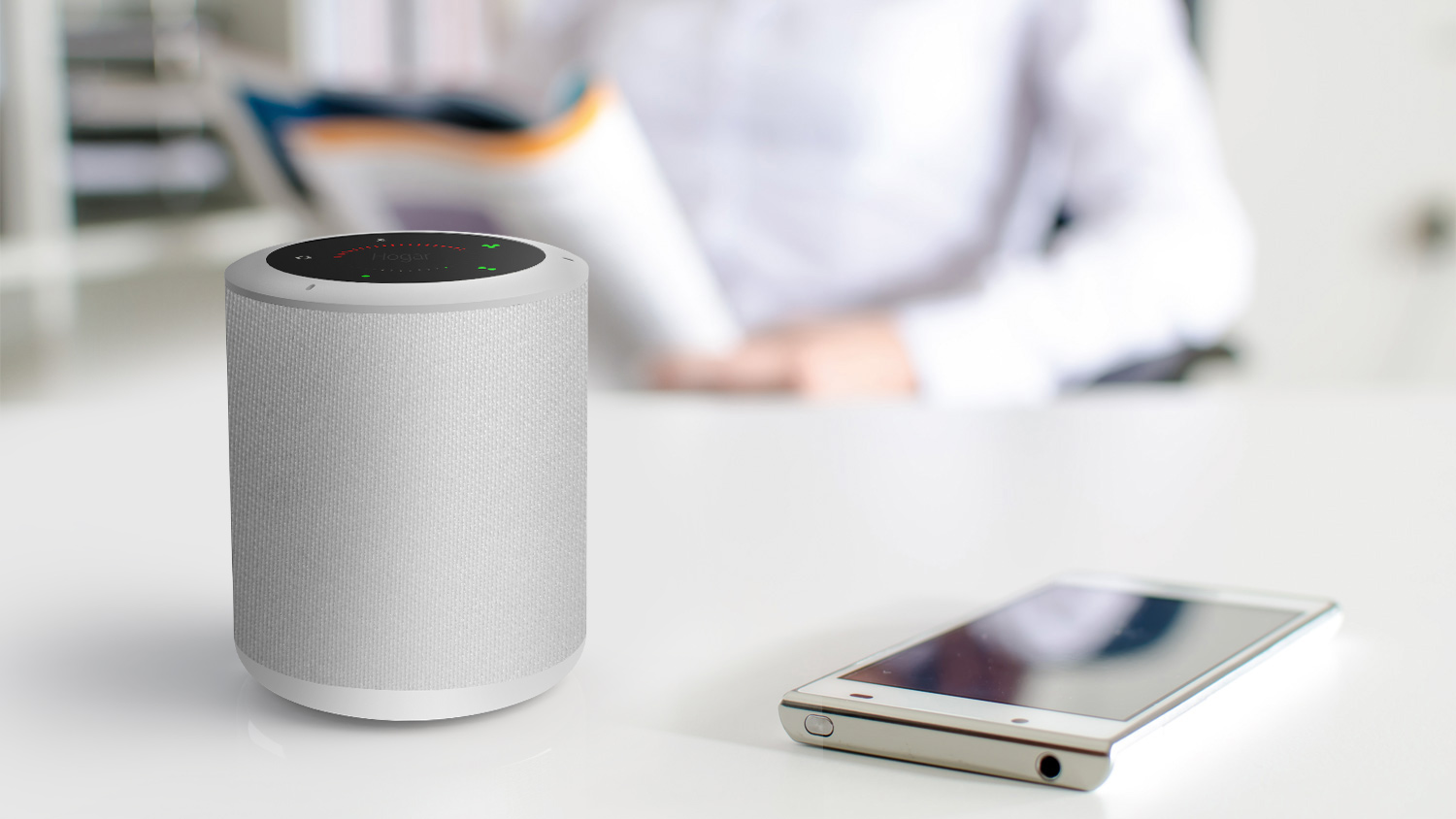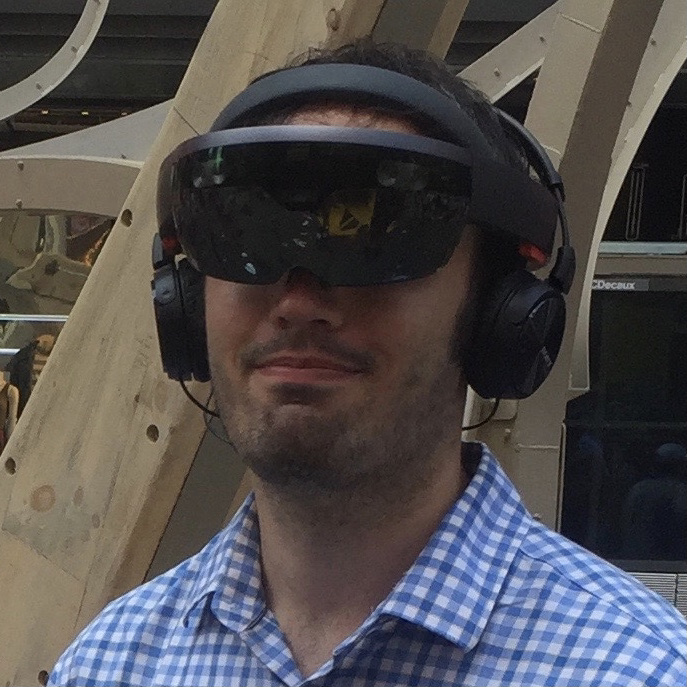ZLINK converts your Amazon Echo into a smart home hub
And maybe Google Home, too?

You could summarize CES 2018 pretty simply: “That tech thing you own? Now you can talk to it with Amazon Alexa or Google Assistant.” Voice-activated functionality through these two popular platforms is dominating the discussion in Las Vegas.
But while Amazon is showing off what Alexa can do for your TVs, cars and laptops, one Indiegogo campaign is jumping into the CES fray to boast what its product can do for Alexa.
The ZLINK Smart Home Hub was designed to essentially convert your Amazon Echo, Echo Dot or Echo Spot into a voice-activated smart hub, using Amazon’s voice software to communicate with smart Z-Wave devices throughout your home via radio waves.
Let's back up a bit: Devices like the Google Home and Amazon Echo communicate over Bluetooth and Wi-Fi, which work fine for buying groceries, but doesn’t fit the bill for talking to most smart devices like thermostats or locks. These typically run on specialized wireless networks like Z-Wave or Zigbee that aren’t vulnerable to Wi-Fi outages, hacking or the whims of your service provider (imagine being locked out because you didn’t pay your cable bill).
That's why companies like Samsung, Verizon, ADT and AT&T all use Z-Wave for their smart tech.
Enter ZLINK. It does what any smart hub would do; communicate with your wireless mesh network of Z-Wave lights, sensors and plugs and send data to a smartphone app, through which you can control said devices. But, because you can talk to any ZLINK-connected device through your Amazon Echo, you don’t need your smartphone at all: your Echo has essentially become the ZLINK.
Best of all, the ZLINK is so compact that you’ll need to be careful not to lose it. It’s shaped like a USB drive, and you can plug it into “any standard USB power supply” to power it, including your laptop.
Get daily insight, inspiration and deals in your inbox
Sign up for breaking news, reviews, opinion, top tech deals, and more.
The little hub that could
Earlier today, another CES attendee announced its plan to fill the same gap as the ZLINK. The Milo speaker fuses the features of both Echo and ZLINK into one powerful device that communicates over Wi-Fi, Bluetooth, Z-Wave, and Zigbee, so no possible smart device on your network is left out.
ZLINK's creators say they plan to add Bluetooth functionality in the near future, and if you connect it with an Amazon Echo Plus — which does have Zigbee functionality — you could theoretically make your ZLINK-Echo combo match Milo's capabilities. Still, that's a lot of work compared to simply buying a Milo speaker that'll be ready out of the box in early 2018.

But Milo may have more of an uphill battle to success than ZLINK. The all-in-one speaker, which costs $149 (about £120, AU$200), is competing directly with the Echo and Google Home. Millions of people bought speakers last year alone, and many of them may not even realize their Echo or Home isn’t a smart hub.
By contrast, the ZLINK currently retails for just $15 (about £10, AU$20) if you pay the “early bird” Indiegogo price. Those who already own Echos can just augment their current (and future) models with ZLINK, and TechRadar staffer Andrew London noted that the Milo has half the number of microphones as Amazon’s, and found no details on how intelligent the company's assistant will actually be.
Plus, the ZLINK team claims they’ll begin work on integrating ZLINK with Google Home Assistant if they hit their $50,000 stretch goal, though who knows how long adding that functionality could take.
For now, we’re excited to hook ZLINK up see just how good the $20 gizmo is at being Echo’s smart translator, once it ships out this March.
- New year, new tech – check out all our coverage of CES 2018 straight from Las Vegas, the greatest gadget show on Earth
Michael Hicks began his freelance writing career with TechRadar in 2016, covering emerging tech like VR and self-driving cars. Nowadays, he works as a staff editor for Android Central, but still writes occasional TR reviews, how-tos and explainers on phones, tablets, smart home devices, and other tech.
